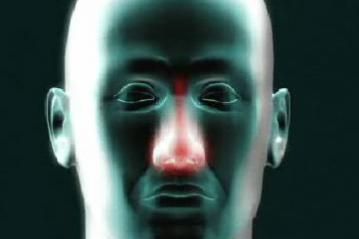Allergies to soy are particularly common in young children. They're often diagnosable once a baby starts drinking formula. Often, children outgrow their soy allergies by the time they're three years old. Normally, an allergy to soy isn't that dangerous -- just uncomfortable. But sometimes an allergic reaction can be fatal. The more benign soy allergy symptoms include a tingling feeling in your mouth, swelling, hives, difficulty breathing, runny nose, diarrhea, vomiting and dizziness. The most dangerous symptom of an allergy to soy is anaphylaxis, which is identifiable by constricted airways, a loss of blood pressure, a fast pulse, dizziness, flushing and a change in your voice. If you have these symptoms, get medical help immediately. Most symptoms set in within minutes to an hour after eating food that has soy in it.
Soy allergies, like all food allergies, are the result of your body's misidentification of certain proteins. When it comes to soy, at least 15 different proteins can trigger an allergic reaction. Once your body has flagged soy protein as a danger, it releases an antibody called immunoglobulin E to combat the allergen. The antibody then triggers a bunch of chemicals to neutralize the soy protein. Your body's reaction to those chemicals is what causes allergic symptoms.
Advertisement
Since soy allergies are most common in kids, it's important to teach allergic children to be on the lookout for potentially allergenic foods. Soy is found in tofu, miso, edamame, soy sauce and many types of artificial flavoring. Most products that have soy in them list it in the ingredients or have "contains soy" printed on the package to alert allergic consumers. Still, it's best for children to avoid sharing with their friends until they're old enough to understand how to spot a product containing soy.
Advertisement

